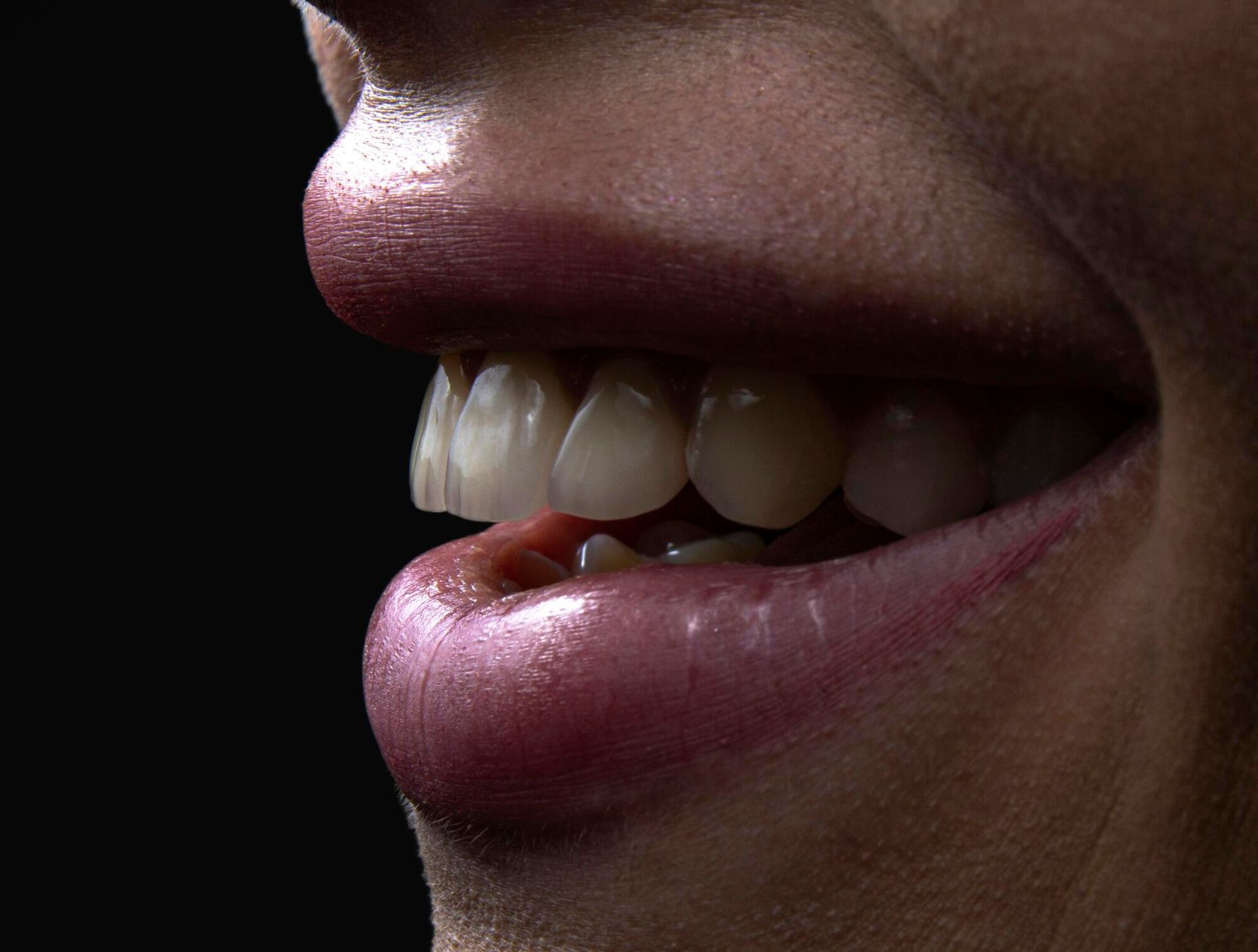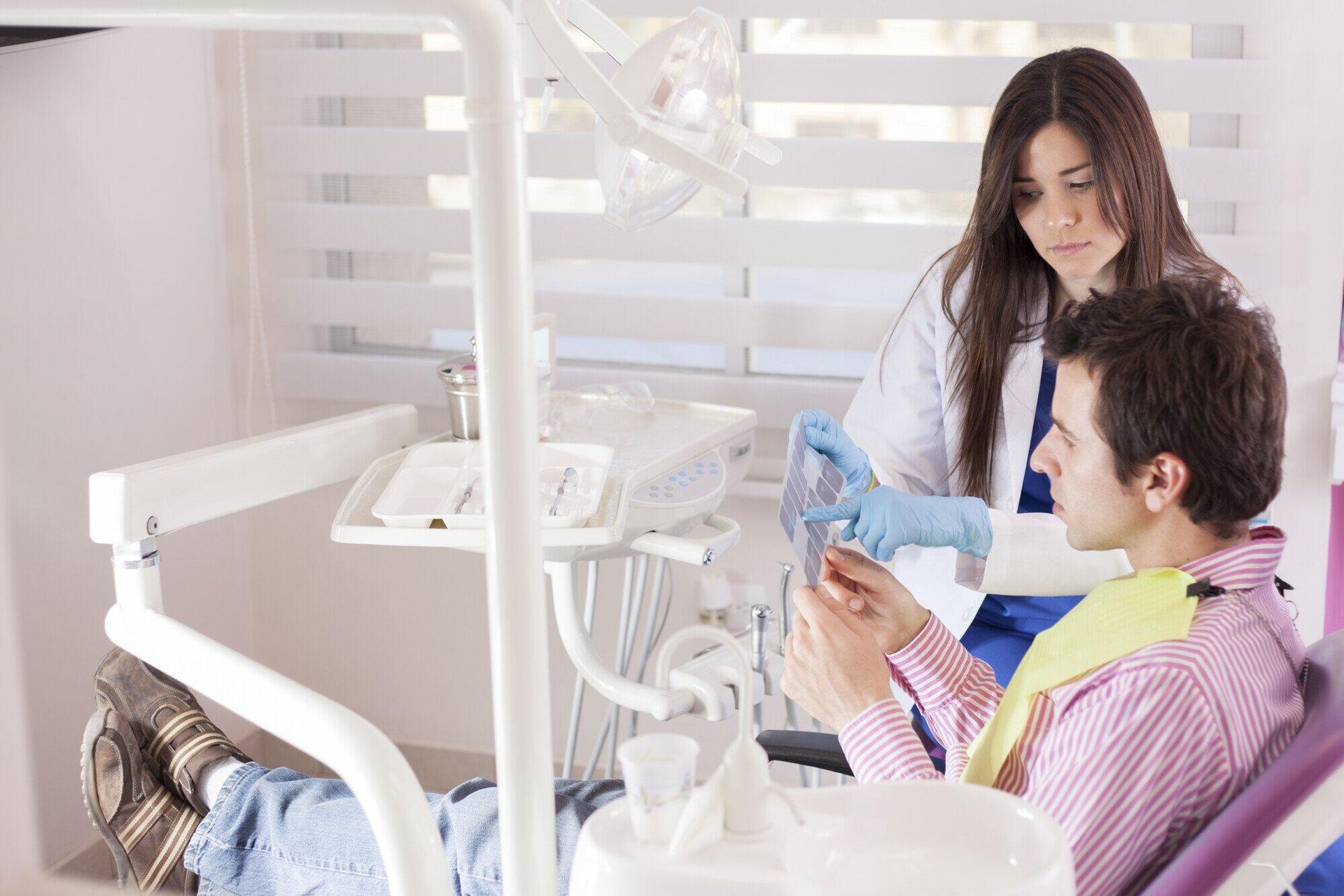A recent study by Rojas et al. (2025) found that individuals who received implants as part of their treatment reported significantly improved comfort and quality of life compared to those who used dentures, highlighting the inherent benefits of implants.
However, implants are no longer limited to single-tooth installations, as you can now receive an All-on-4 implant, which replaces an entire arch of teeth. With both dental implant options available, which one is best for your needs?
Let us help you make that decision. Below, you will find information on single implants vs arch reconstruction, including:
- Types of implants offered by TERSA Oral and Facial Surgery
- The benefits of each option
- How the dentist determines suitability
- Step-by-step walkthrough of the procedure
- Healing timelines
Learn what each requires, as well as its costs. Our expert guidance can help you decide which dental implant option is best for you when you come for a consultation with us.
Dental Implant Options Offered by TERSA
There are several different types of dental implants that TERSA offers to our clients, all of which provide different benefits, including:
- Treating traumatic dental injuries
- Offering All-on-4 full-arch implants
- Using guided surgery with computerized scans
- Individual dental implants
Single-tooth implants are ideal for individuals who have only a single missing tooth, provided all adjacent natural teeth are still healthy. This means that we can focus purely on the single area and also try to recreate the bone's interaction with its previous tooth as much as possible. Through mimicking the root with the implant itself, you also preserve the jaw's density.
These need minimal preparation compared to many other processes. However, if you have more than one or two teeth that need replacement in this way, it may be wise to explore alternatives.
Why the Dentist Needs to Assess Suitability
Dr. Guerra has gained a great deal of knowledge over his 15 years of education, as he discussed with Laker/Lutz News, which he applies to every patient, ensuring that you receive the highest-quality care possible. For example, he will start by imaging the area where the implant will be placed, as well as assessing local nerves and sinus cavities to ensure that the implant will not interfere with them.
By reviewing your medical history, he can also discuss various risk factors with you that may impact bone healing, such as diabetes or a history of smoking, helping you avoid complications.
The doctor also has a keen understanding of the mechanics of an implant. He will want to ensure that your implant can withstand functional forces, such as chewing, without overloading the surrounding tooth and jaw. This means he has the experience to discuss the issue with you in great detail.
Preparing Yourself for Surgery
After consultation, and if you choose to go under IV-sedation, be aware that your surgery will require you to not eat for around six hours before the surgery, and not drink anything for two hours before. If the dentist has any specific other requirements or recommends a different amount of time, he will inform you.
The dentist may also request that you take other steps, such as:
- Using a mouth rinse beforehand to reduce mouth bacteria
- Scheduling your work so that you only have light duties for up to 72 hours after the surgery
- Arranging a driver to take you home or ensure you can travel for a day after surgery
- Ensure you have already collected any necessary medication
Step-By-Step Dental Implant Procedure
During the surgery, the dentist will administer a local anesthetic to ensure that the area is numb and unable to feel the effects of the surgery. However, they may also offer you sedation to ensure your comfort.
After you are appropriately prepared, they will make a careful incision to expose an area of your gums and jawbone, then carefully create a space in which to insert a small titanium implant.
After the implant is in place, they will suture the space closed, allowing the gum to heal and the jaw to start accepting the titanium post.
Once the surgery is completed, you will need to wait up to three or four months for your jaw to adapt to the existence of the post. It will undergo a period of "osseointegration", in which your body will start building natural structures around it and your bone fuses with it, preventing the implant from moving.
Healing Timeline for Working Floridians
While every individual is different, you should expect the timeline to look something like this:
Day 1: Apply an ice pack to your jaw after surgery, and expect mild swelling. You may also experience discomfort, so be sure to have painkillers available. Avoid solid food if possible, and be cautious if not.
End of week 1: At this point, you can switch to softer foods, such as yogurts and smoothies, or you can try to chew foods carefully, so long as you keep them on the non-surgery side of your mouth.
End of month 1: Attend a check-up for your implant so that the dentist can ensure your body is accepting it.
End of month 3: You should return to the dentist for the installation of a custom crown around this time. They will ensure that the shape and color of the implant matches the rest of your mouth, which ensures that the implant is both aesthetically pleasing and comfortable. The process may take more than one appointment, as the dentist must scan your gums and jaw following the surgery to ensure they get the shape of the crown correct.
The dentist may request another check-up after one year, to ensure that everything is as it should be.
Key Benefits of Dental Implants
Dental implants are an excellent option for individuals concerned about their jawbone starting to lose volume. The additional load placed on the area due to eating and other activities will prevent atrophy, which is usually seen with missing teeth.
An implant also acts just as your previous tooth did, ensuring that you can continue to chew with complete efficiency. It is also very common for them to survive for a significant period, with many lasting beyond the 25-year mark and into the remainder of someone's life.
All-on-4 at TERSA
One could think of the "All-on-4" as a "Denture implant". It is designed for patients with several failing or missing teeth, who would otherwise order a set of dentures but are worried about the upkeep and appearance of removable dental arches.
Unlike a single implant, the All-on-4 system uses four angled implants that securely hold a large denture in place.
These implants can even be used to hold a temporary denture between implant installation and the creation of the final arch. This way, you can have the benefits from day one that you would not have with a single-tooth implant. It also significantly reduces the cost of having a full row of single implants due to the reduced number of installations.
Surgery Preparation Steps
The preparation for an All-on-4 denture is similar to that of a single denture, except that it is more involved due to the dentist needing to check more areas in the mouth. However, they are also likely to check things that you would usually expect when doing a consultation for traditional dentures, like:
- Gum contouring
- Tooth proportions
- Full-mouth bite
- Residual root existence
They will then create a custom-printed denture frame, using it to test your mouth's shape so that they can have a full denture immediately for surgery day.
Additional Steps For All-On-4 Surgery
Although the majority of the surgery is similar to four individual implants as described above, there are distinct differences:
- The dentist may remove other teeth to make way for the denture
- All implants will sit at different angles for more stability
- Postoperative scans will verify the alignment of the implants
Advantages of All-On-4 Surgery
As opposed to getting all of your teeth replaced, an All-on-4 implant will require you to have only four implants on which the denture sits. Fewer incisions and a reduced time taken mean that you can get a greater benefit more easily.
The complete denture will also look perfectly natural, sitting comfortably in your mouth and secured by four posts that are angled to prevent slipping and reduce stress on each one. This option is ideal for individuals with slightly lower bone density who are still eligible for surgery.
If you need a future upgrade throughout your life, such as a change in the material, you can also follow through with implant changes without as much hassle. The removal of old materials and replacement with new ones takes significantly less time, providing you with more options.
Choosing Single-Tooth or All-on-4 Implants
Whether you want to make use of a full arch or a single new tooth, Dr. Andrés Guerra of TERSA Oral and Facial Surgery is ready to bring his expertise to bear. In a procedure that demands precision, empathy, and in-depth knowledge, he will do everything necessary to ensure your comfort and confidence in the process.
We are ready to discuss your dental implant options and schedule a consultation for you. Reclaim your smile and ensure you are happy with the person you see in the mirror today.




